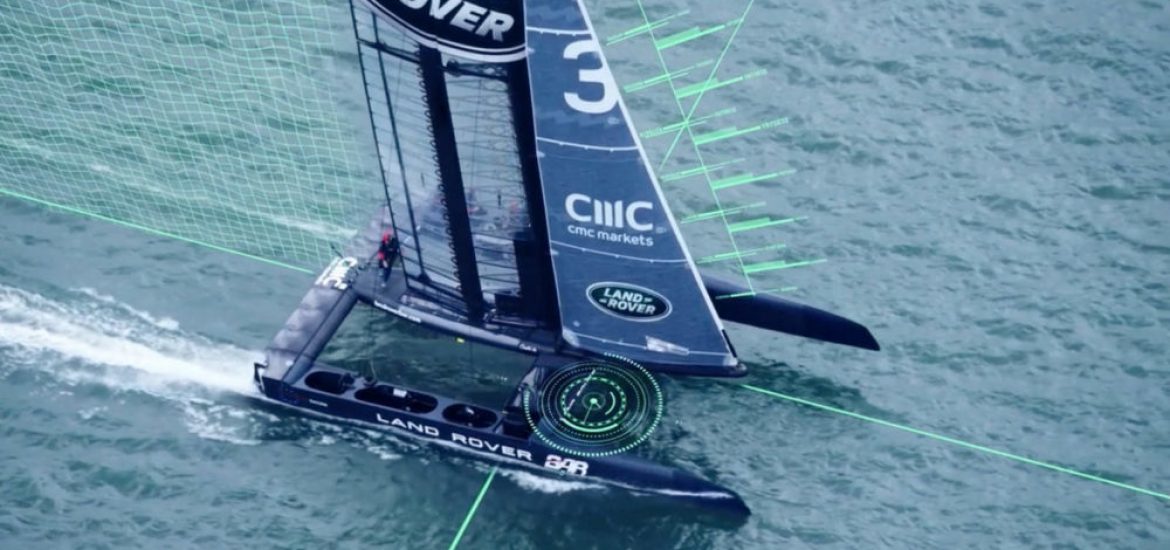
Techniques used to design Olympic yachts could revolutionise wind energy, according to an Edinburgh firm designing turbine blades.
The design is based on the sails of racing yachts and the firm says the price of offshore energy could be cut by nearly 9 per cent.
ACT Blade said its turbines could deliver “dramatic performance gains” over fibreglass designs because they are based on yachts which can travel “up to three times the speed of wind”.
The company said it had produced turbine blades that are 50-per-cent lighter and 30-per-cent stiffer than fibreglass products.
Tests suggest the new design could reduce the cost of wind energy by 8.7 per cent, making it among the “most exciting innovations in the history of renewable energy”, according to ACT.
Scottish Renewables — an organisation representing the country’s renewable energy sector — called the innovation a “truly startling technology”, adding that it built on the Caledonian position as an “international centre for renewable energy innovation”.
The UK has announced that wind-power projects on some of Scotland’s furthest-flung islands will be able to apply for subsidies which would remove the element of financial risk that comes with building away from the mainland.
The amount of offshore wind around the UK is also set to double in the next decade after London confirmed support for the industry.
And turbine improvements could boost efficiency, ACT said.
Sabrina Malpede, a designer at the firm, has made some of the world’s fastest sails, including working with Sir Ben Ainslie, the most successful sailor in Olympic history, on a wing-sail rig and catamaran for the 35th America’s Cup.
Malpede said that her designs had helped yachts travel up to three times the speed of wind.
“From these insights we were able to create the ACT Blade, the world’s first textile blade, capable of capturing more energy than a fibreglass blade by covering a larger swept area, significantly increasing annual production,” Malpede told the media.
Scottish Renewables’ policy manager Stephanie Conesa was quoted saying: “Edinburgh-based ACT Blade has used its specialist knowledge of racing yacht sails to develop a truly startling technology: the first textile offshore wind turbine blade. This innovative, cross-industry approach clearly shows the exciting opportunities which arise when mature technology is put to new uses.
“The company’s own research has shown that replacing current fibreglass designs with textile blades could lead to a dramatic improvement in performance, as well as a reduction in cost, reinforcing Scotland’s position as an international centre for renewable energy innovation.”
Vicky Coy of ORE Catapult, a UK offshore renewable energy research centre, said: “This is just one example of how technology can be adapted from one sector to create something genuinely groundbreaking in another industry.
“There are very few innovations in any field that deliver such a dramatic performance improvement with one fell swoop. This is a tremendous opportunity not just for ACT Blade, but for the UK to establish a new textile blade supply chain for the global marketplace.”
Yacht sails have inspired turbine designs. Picture credit: Flickr





